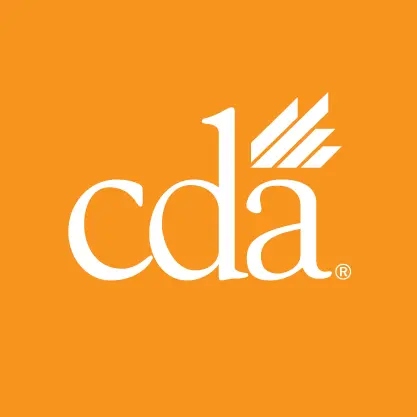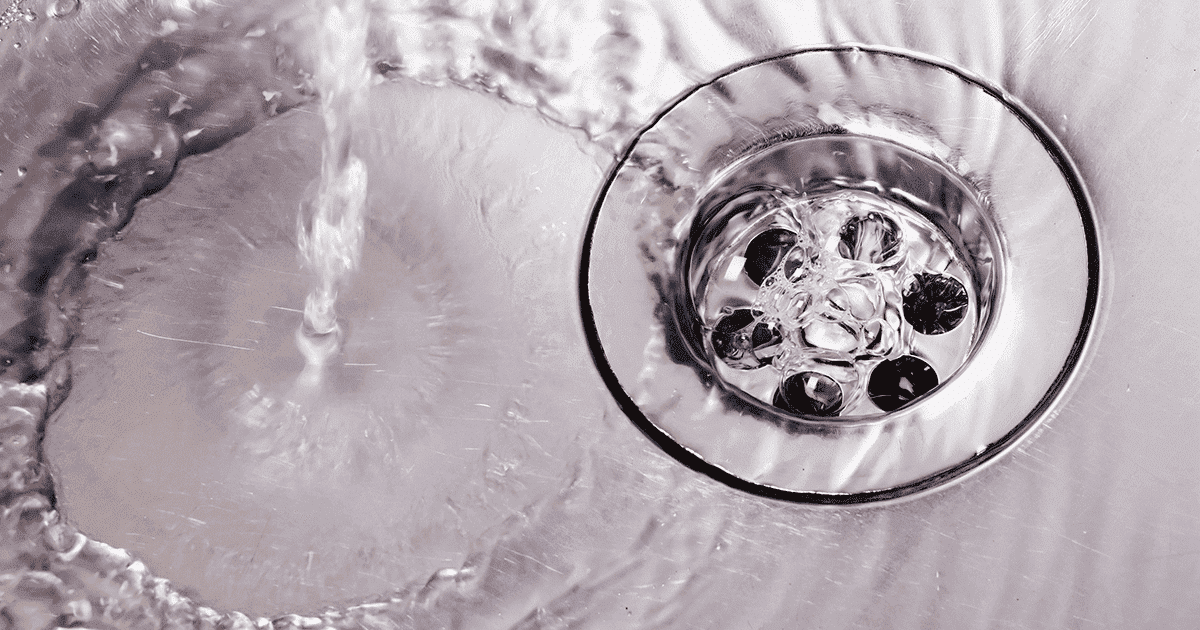Health care facilities that produce pharmaceutical hazardous waste are required to properly manage the disposal of that waste according to the Environmental Protection Agency. Among other provisions, the EPA’s finalized rule issued in July prohibits facilities from pouring pharmaceutical hazardous waste down sink drains or toilets, a practice known as “sewering.”
Although the rule will have the greatest impact on hospitals, pharmaceutical retail outlets, long-term care facilities and reverse distributors, dental providers in some states will also need to take steps to comply with the no-sewering requirement by the Aug. 21 effective date.
Dentists in California will need to take little to no action to comply with the EPA rule. California dentists currently comply with the California Medical Waste Management Act of 1995, which requires that nonhazardous pharmaceutical waste be disposed or managed as regulated medical waste. The California Department of Public Health does not anticipate any changes to the act as a result of the EPA rule.
Some California counties, including Sacramento and Contra Costa, already prohibit health care providers from sewering hazardous waste pharmaceuticals. The EPA, as part of the new rule, discourages sewering of even nonhazardous waste pharmaceuticals as a best management practice.
The California Medical Waste Management Act states that pharmaceutical waste:
- May not be combined in a container with other types of medical waste (sharps and biohazardous).
- Should be disposed through a registered medical waste hauler or through a USPS-approved mail-back program.
- Must be disposed within 90 days of the container becoming full or, at minimum, once annually.
Composites, bonding agents, sealants, resins and other dental devices are not considered pharmaceuticals under California’s definition.
By prohibiting sewering, the final rule titled “Management Standards for Hazardous Waste Pharmaceuticals and Amendment to the P075 Listing for Nicotine” is expected to “reduce the amount of hazardous waste pharmaceuticals entering our waterways by 1,644 to 2,300 tons on an annual basis,” according to the EPA.
View the EPA’s final rule. Also see the CDA Practice Support resource “Dental Office Waste Management and Disposal Options.”

